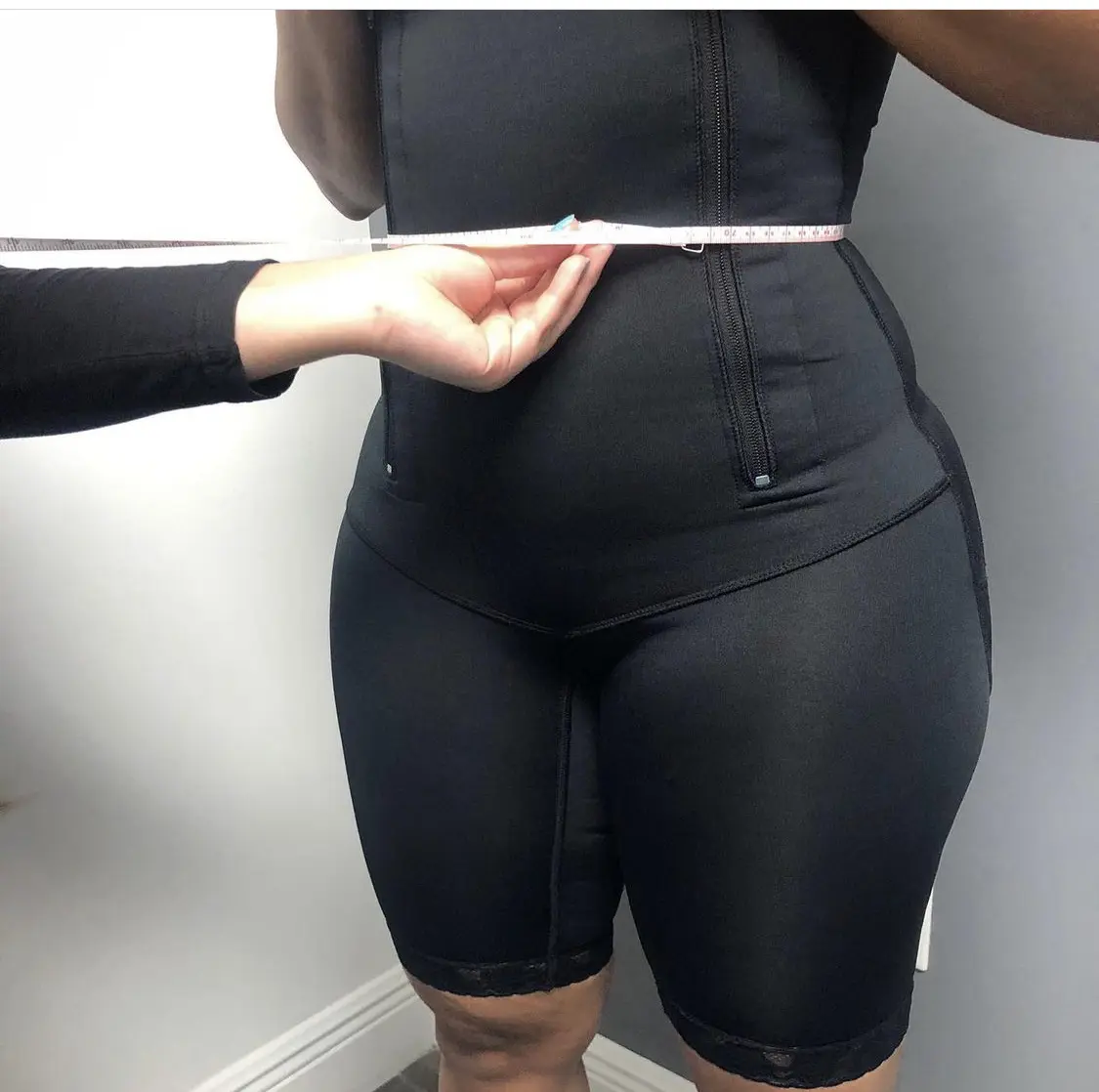Introduction
"Compression garments are essential tools for improving circulation, muscle recovery, and overall health. These specialized clothing items apply gentle pressure to key areas, enhancing blood flow, reducing swelling, and stabilizing muscles. Compression garments are widely used by athletes to speed up recovery, while individuals recovering from surgery can benefit from their ability to alleviate discomfort. Additionally, people with circulation issues rely on compression garments to improve daily comfort and mobility."

The Science Behind Compression Technology
Compression garments apply controlled pressure to key areas, resulting in several benefits:
- Enhanced blood circulation – Oxygen reaches muscles more efficiently, reducing fatigue.
- Better lymphatic drainage – Swelling decreases as excess fluid is removed.
- Faster muscle recovery – Soreness and stiffness are minimized.
- Greater muscle support – Stability improves, reducing the risk of injury.
Due to these effects, compression garments are widely recommended by healthcare professionals and fitness experts alike.
Types of Compression Garments
Compression wear comes in different forms, each designed for specific purposes:
- Compression socks & stockings – Ideal for improving leg circulation and preventing swelling.
- Arm & leg sleeves – Targeted compression reduces muscle fatigue and promotes recovery.
- Compression shirts & shorts – Support posture, core muscles, and joint stability.
- Full-body compression suits – Frequently used in post-surgical recovery to ensure even pressure distribution.
Key Health Benefits of Compression Garments
Wearing compression garments can positively impact your well-being. Some of the most significant benefits include:
- ✅ Boosts circulation – Encourages steady blood flow and oxygen delivery.
- ✅ Minimizes swelling & inflammation – Essential for post-surgery healing and daily comfort.
- ✅ Supports muscles & joints – Reduces strain and prevents injury.
- ✅ Prevents varicose veins – Helps keep veins healthy and functional.
Furthermore, those dealing with chronic conditions such as lymphedema or deep vein thrombosis (DVT) experience significant relief when using compression therapy.
Compression Garments in Fitness & Sports
Athletes rely on compression garments for various reasons, including:
- Improved endurance – Delays muscle fatigue during workouts.
- Quicker recovery – Lessens post-exercise soreness.
- Temperature control – Wicks away sweat and regulates body heat.
- Injury prevention – Stabilizes muscles and joints under physical stress.
Because of these benefits, compression wear has become a staple in training and competition.
How Compression Garments Aid Recovery
Recovery is a crucial aspect of healing and physical performance. Compression garments assist in multiple ways:
- Post-surgery support – Reduces swelling and promotes healing.
- Fluid retention control – Prevents excessive fluid buildup.
- Pain management – Offers stability, minimizing discomfort.
- Circulation improvement – Beneficial for travelers, athletes, and those who stand for long periods.
Given these advantages, many medical professionals recommend compression wear for recovery and rehabilitation.
Selecting the Right Compression Garment
To ensure effectiveness, consider the following factors when choosing compression garments:
- Purpose – Determine whether it's for medical, sports, or recovery use.
- Compression level – Ranges from light (everyday use) to high (medical-grade support).
- Fit & material – Should be snug yet comfortable, with breathable fabric.
- Durability – Opt for high-quality materials to extend longevity.
Making an informed decision helps maximize both comfort and results.
Tips for Proper Use & Maintenance
To get the best out of your compression garments, follow these guidelines:
- Wear the right size – Too tight can restrict circulation; too loose may be ineffective.
- Follow washing instructions – Cold water and air drying preserve elasticity.
- Rotate usage – Having multiple pairs extends their lifespan.
- Wear them as needed – Ideal for workouts, travel, and recovery periods.
With proper care, compression garments remain effective for long-term use.
Conclusion
The benefits of compression garments extend beyond sports and medical recovery. Whether you're looking to enhance performance, improve circulation, or aid healing, these garments offer a practical solution. By incorporating compression wear into your routine, you can experience better muscle support, reduced discomfort, and improved overall health.
Compression garments provide essential support for circulation, muscle recovery, and overall health. Learn more about our best-selling compression garments."